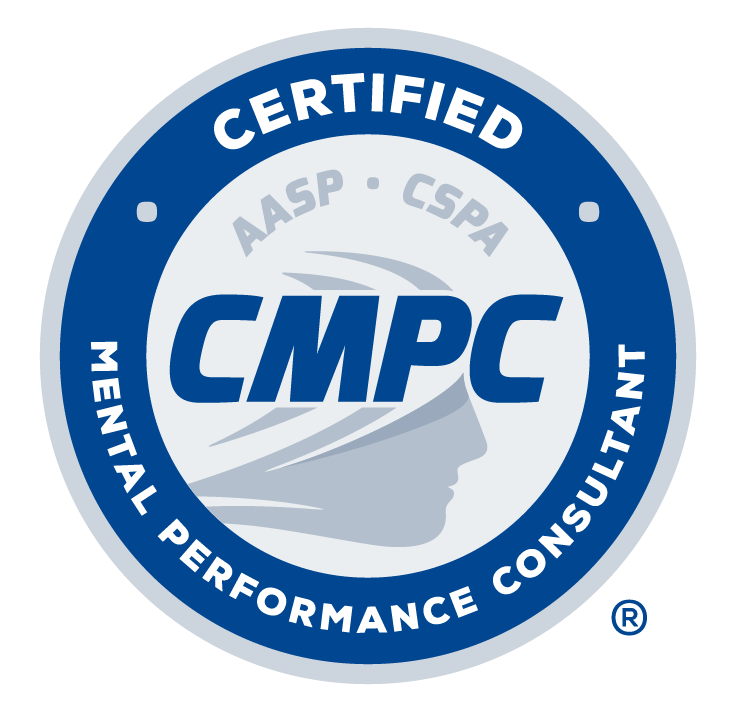Having Trouble Sticking to Your Exercise Program? Stay Motivated With These 13 Exercise Adherence Strategies

Published
From AASP Members and Authors: Gabrielle Salvatore, MS, Sheila Alicea, PhD, CMPC, Cynthia Clarke, EdD, CMPC, and Michael Sachs, PhD, CMPC
The benefits of exercise are well-known, but in order for people to reap the most benefits from exercise they need to adhere to a program. Initially, many people are motivated to begin an exercise program, but as much as 80% of people do not stick with exercise once they have started (Centers for Disease Control and Prevention, 2013). There are many reasons why individuals want to begin exercising (Anshel, 2014), however, there are also many reasons and barriers that come up when preparing to begin and while maintaining an exercise program. So, what does it take to get/stay motivated and how can you increase the likelihood that you will continue exercising? Outlined below are evidence-based strategies to begin an exercise program, fit exercise into your life, and overall enhance exercise adherence!
Preparation
Plan for action.
Proper planning is critical to success. Pick a time and place to exercise. Gather appropriate footwear, clothes, and equipment for your chosen exercise or recreational activities. These small, initial steps are encouraged for long-term success (Prochaska & DiClemente, 1992).
Set goals.
Set specific, realistic, and measurable goals and make an action plan to achieve them (Weinberg & Gould, 2019). Setting goals in terms of distance, time, or amount lifted allows you to clearly see changes. You will also know exactly what you are aiming to do (e.g., run 3 miles). Set realistic short-term goals (e.g., run ¼ mile, run ½ mile) leading to your long-term goal, and set a time frame to achieve the short and long term goals to easily see progress and help maintain motivation.
Seek help from a professional.
A certified personal trainer or mental performance consultant may be able to help you with goal setting and other mental skills necessary to adhere to your exercise program, realize your potential, and increase your overall health and well-being.
Fit Exercise Into Your Life
Look for convenience.
Choose an activity that will fit into your current schedule. For example, select a health club close to your home, work, or child care, or exercise at home or in your neighborhood. Find a time of day when you are most likely to avoid conflicts with other activities (e.g., early in the morning, lunch, or evening). The more convenient the physical activity, the more you will stick with it.
Establish a routine.
Once you pick a place and time to exercise, keep doing it. Make it a part of your regular schedule. For example, block out the time in your planner for exercise and do not schedule anything else during that time. As you stick to your routine, exercise will become a habit.
Keep it Fun.
Choose an activity you like. One of the best motivators is participating in exercise or recreational activities you enjoy (Razon & Sachs, 2018). If you know you do not like running, chances are you will not stick with it. Identify an activity you enjoy, or if you have not yet found an exercise activity you enjoy, try some new ones!
Learn a new activity.
Try a new group exercise class, martial arts, snowshoeing, ballroom dancing, or conquer the climbing wall. The new challenge will keep you coming back to meet the next challenge.
Work out with friends.
Exercising with a buddy or in groups offers social support, encouragement, and accountability (Anshel, Petruzello, & Labbe, 2019). You are less likely to skip a workout when someone else is counting on you being there.
Begin easy and slowly increase your effort. A certain amount of muscle soreness is to be expected, especially with strength training. However, too much too soon may result in injury or soreness. Be realistic with what you expect to accomplish and aim for small but regular improvements.
Cross-train.
Rather than doing the same thing every day, engage in different activities. For example, take an aerobics class or spinning class once a week and engage in strength training or flexibility exercise another day. This type of training will work different parts of your body and will keep you from becoming bored with exercise (Razon & Sachs, 2018)
Combine family-time with exercise.
Go for a walk, hike, or take a bike ride together. Make being active something everyone in the family can enjoy together. Be creative and make it fun (e.g., hike to a picnic area, play tag on a run/walk)!
Monitor Progress
Keep an exercise journal.
From the first time you exercise, keep track of your progress such as how much weight you lifted or how far or how long you walked (Razon & Sachs, 2018). You could make a weekly or monthly graph of your improvements. Seeing improved results can be motivating to work towards new goals
Incorporate technology.
Utilize wearable technology such as Fitbit, Apple Watch, Garmin, or Polar tracker to see daily activity progress. You can also log exercise activities on a smartphone or computer. A few common applications which can be easily downloaded are MyFitnessPal or MapMyFitness (Anshel, Petruzzello, & Labbe, 2019).
Whether you are just starting an exercise program or an exerciser who needs some help sticking with your routine, incorporating these suggestions will help you improve motivation, have fun, and reach your exercise goals!
References
Anshel, M. H. (2014). Applied health fitness psychology. Human Kinetics.
Anshel, M. H., Petruzzello, S. J., & Labbe, E. E. (Eds.). (2019). APA handbook of sport and exercise psychology (Vol. 2). Washington, DC: American Psychological Association.
Centers for Disease Control and Prevention. (2013). Adult participation in aerobic and muscle-strengthening physical activities. Morbidity and Mortality Weekly Report, 62 (17), 326-330.
Prochaska, J. O., & DiClemente, C. C. (1992). Stages of change in the modification of problem behaviors. In M. Hersen, R. M., Eisler & P. M. (Eds.), Progress on behavior modification (pp. 184-214). Academic Press.
Razon, S. & Sachs, M. L. (Eds.). (2018). Applied exercise psychology: The challenging journey from motivation to adherence. Routledge.
Weinberg, R. S., & Gould, D. (2019). Foundations of sport and exercise psychology (7th ed.). Human Kinetics.
Share this article:
Published in:





